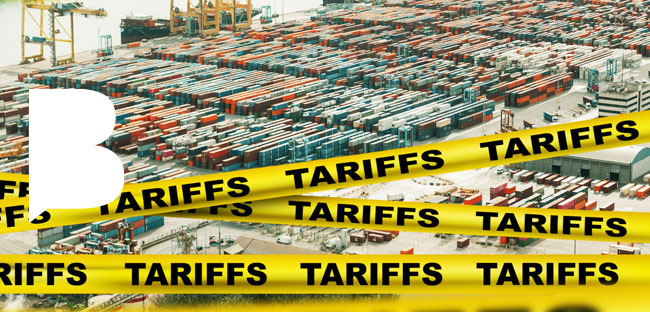A recent report by the Foundation for Defense of Democracies notes that while both government agencies and private sector actors have taken steps to strengthen cybersecurity in aviation, the increasing demands on outdated systems are outpacing current mitigation efforts.
Commercial aviation is operating at near full capacity, placing strain on legacy technologies and logistical frameworks.
According to Jiwon Ma, senior policy analyst at the Foundation for Defense of Democracies’ Center on Cyber and Policy Innovation, these pressures can result in major disruptions even in the absence of cyberattacks.
Ma referenced past incidents such as the 2022 Southwest Airlines operational failure and the widespread IT outage linked to CrowdStrike in 2024.
As part of the Biden administration’s national cybersecurity strategy, the Transportation Security Administration (TSA) implemented new aviation security measures in 2023.
The Federal Aviation Administration (FAA) declined to detail its specific cybersecurity practices, but a spokesperson stated that the agency employs a comprehensive approach to protect the National Airspace System in coordination with federal and private partners.
The report emerges amid a series of cybersecurity incidents affecting aviation and related infrastructure. In July 2024, Delta Air Lines cancelled thousands of flights due to a software update failure attributed to CrowdStrike, resulting in a $500 million lawsuit against the company.
In August 2024, Seattle-Tacoma International Airport experienced disruptions linked to a Rhysida ransomware attack, which affected key services and prompted the Port of Seattle to issue data breach notifications to approximately 90,000 individuals.
Boeing has also been targeted in recent years, including a 2023 ransomware attack by LockBit that resulted in data leaks, and a 2022 cyber incident affecting its Jeppesen subsidiary, which provides flight navigation and planning tools.
Would you like to learn more about AI, tech and digital diplomacy? If so, ask our Diplo chatbot!





























